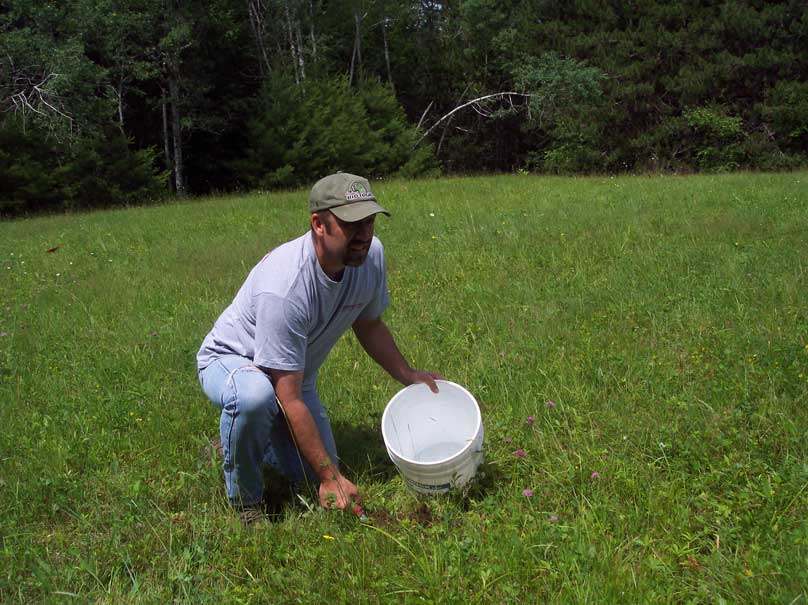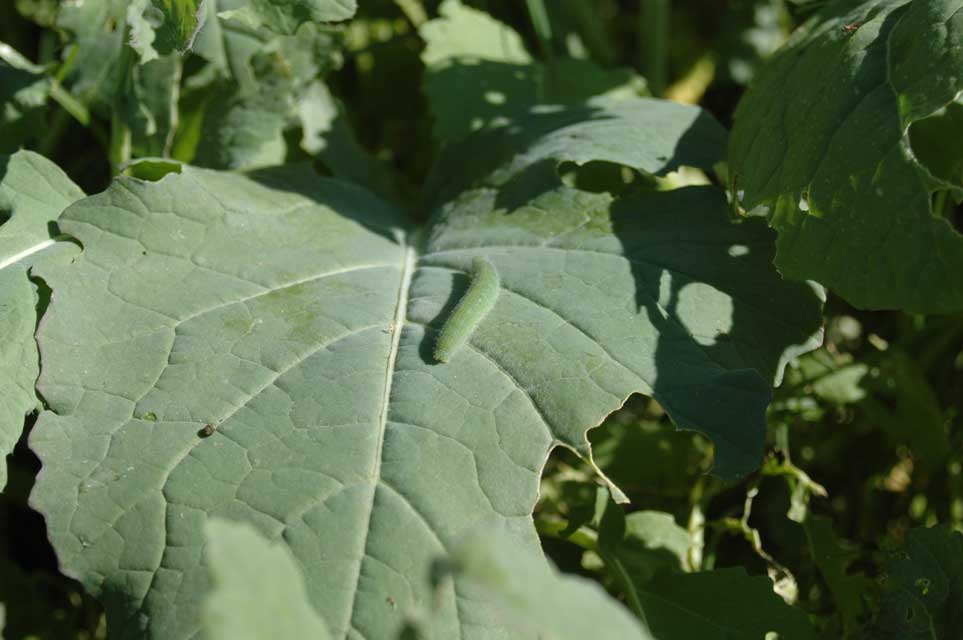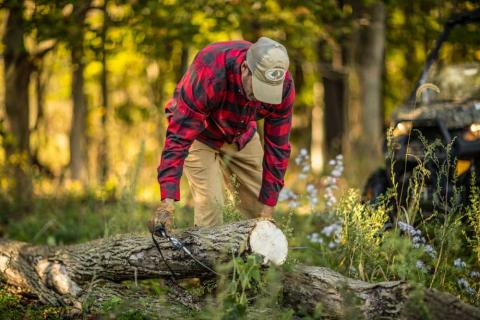Bob Humphrey

Food plots are a popular and effective way to attract and hold more deer on your land. However, building them is not as simple as breaking ground, sowing seed and praying for rain. Even the more concerted efforts sometimes fall short of expected results. What follows are a few tips on trouble-shooting some of the more common food plot maladies.
Purple Plants - This is usually an indication of low pH. Did you take one of the most important initial steps by testing your soil? Did you follow the recommendations? Maybe it’s an established plot and in need of some attention, or minerals have leached down through sandy soils. Fortunately, the solution is usually pretty simple, but a soil test will tell you for sure. It could be as simple as incorporating more lime into the soil to release the nutrients bound in the soil. Purple leaves on brassicas can mean a phosphorus deficiency, but the soil test will tell you for certain.

Poor Clover Growth - There’s an axiom that applies to many systems: Garbage in: garbage out. If you buy generic seed at the local farm supply store it might work, but it’s often designed as cow fodder. Wildlife seed blends are designed for deer and more importantly, they’re inoculated. Legumes like clover require a sufficient amount of the right type of bacteria to fix nitrogen, making the plants more palatable and nutritious. Buying inoculated seed is the easiest solution but you can also add inoculants to your seed before planting.
Little or No Germination - Sometimes the plants just don’t grow, or grow poorly. There are many possible causes, but the most common is improper planting. Maybe you spread the seed then turned it into the soil, or seeded over deeply rutted ground, then compacted it. You should smooth your soil, seed, then compact the soil. This increases important seed-to-soil contact contact and ensures seeds aren’t planted too deeply.
Weeds - Unwanted or invasive species are a common malady, most often resulting from poor seedbed preparation. Did you spray your plot with an herbicide before you planted? If not, there was very likely an existing seed and root bed that even disking will not completely eliminate. A better route may be to disk first, then wait a week or two for new growth, then spray your plots. Wait a few more days and then plant with your intended crop without turning the soil again.

Insect Infestation - Food plots, especially brassicas, can also attract undesirable species like cabbage worms that may ravage your crop before the intended species get to. First, you should inspect your crop periodically so you can find the pests before the damage is done. If you see small caterpillars or tiny eggs on the underside of leaves, you can simply spray with Bt (a bacterial solution) or Sevin.
Bob Humphrey is a certified wildlife biologist, registered Maine guide and award-winning outdoor writer and photographer.































